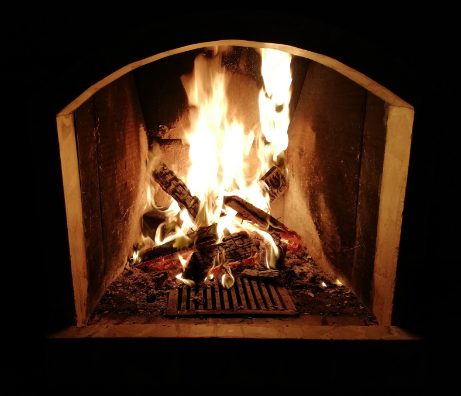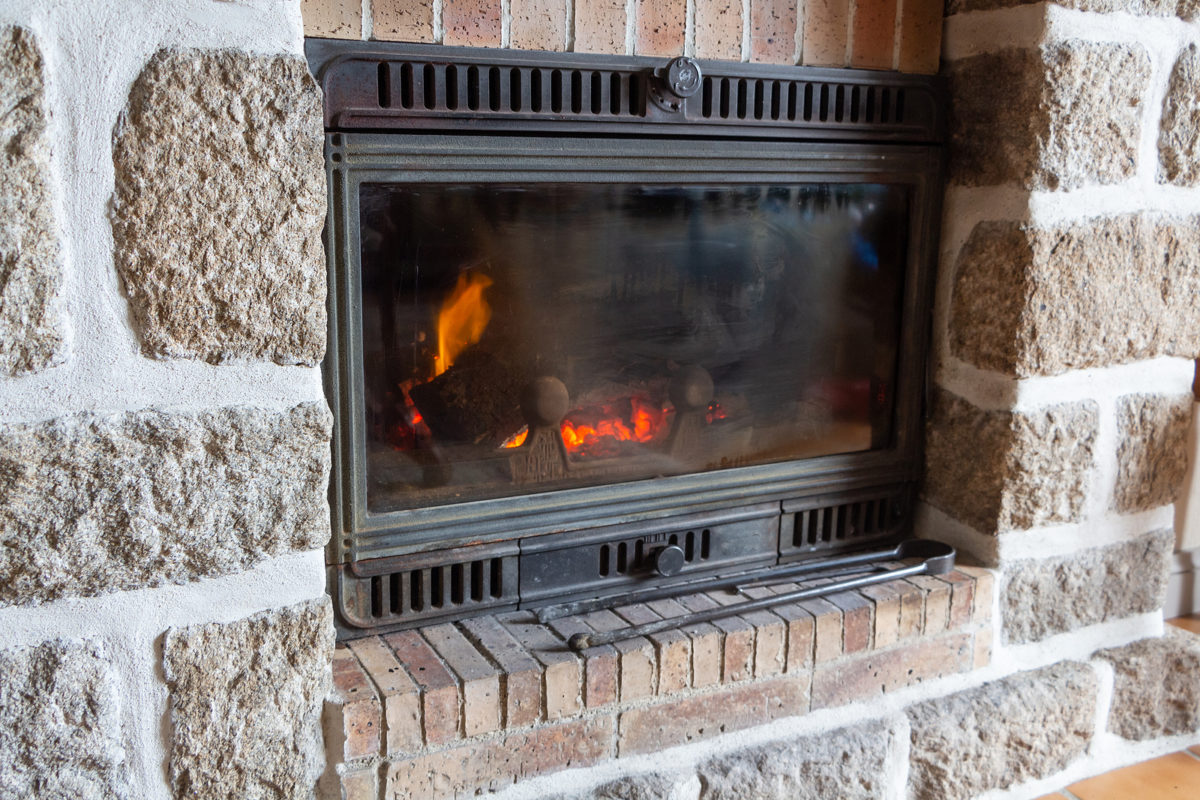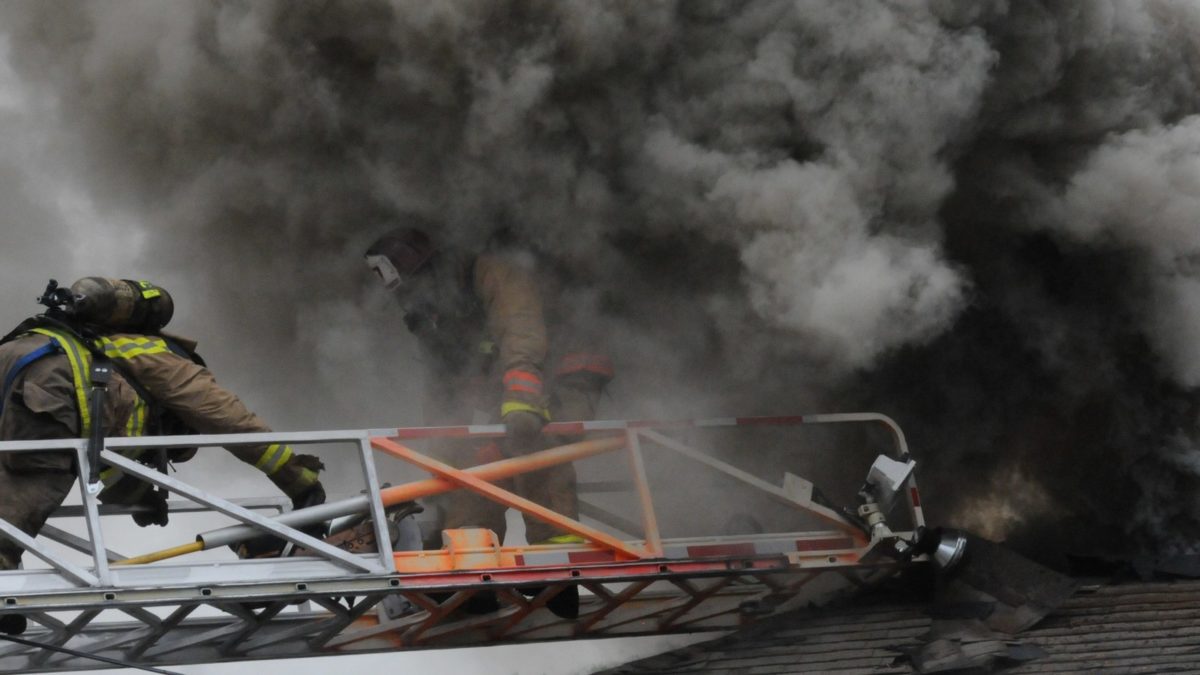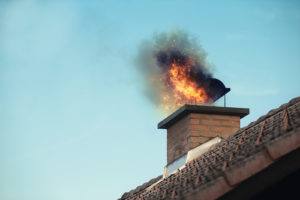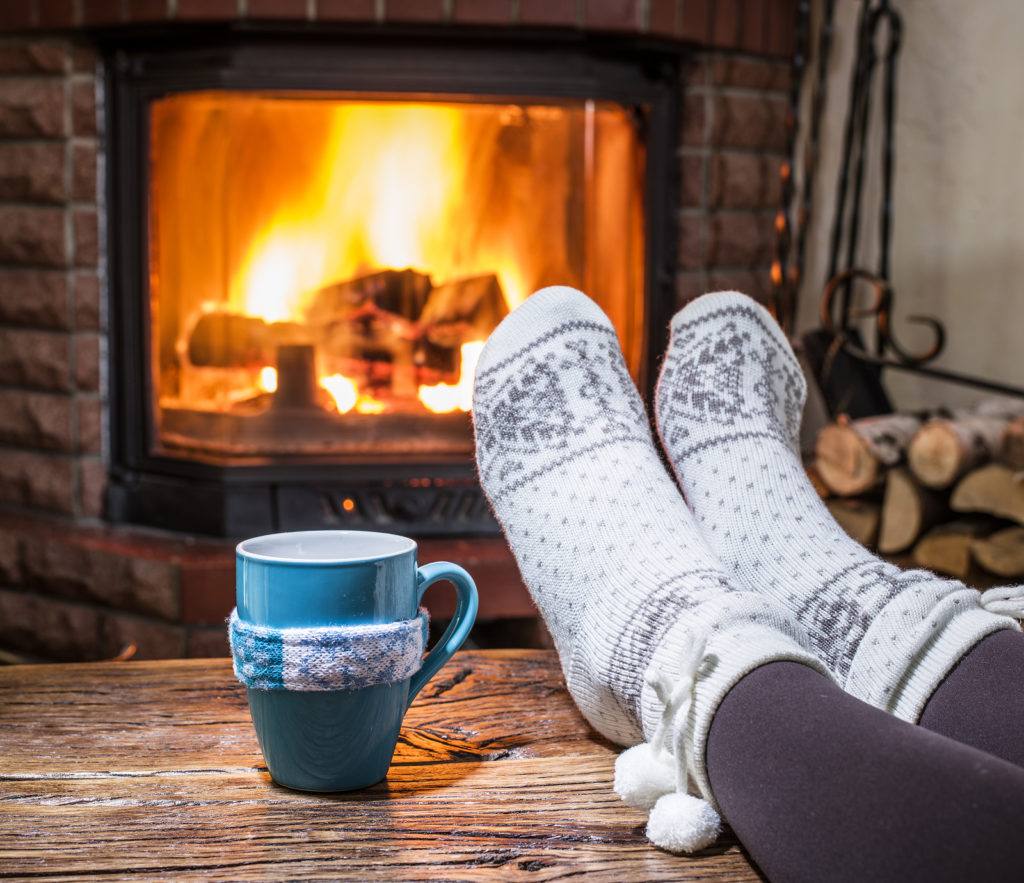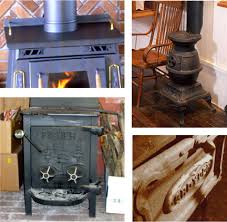Ever wondered why some fires burn hotter and longer than others? A crackling fire is one of the simplest pleasures of winter, but not all firewood burns the same. Choosing the best wood to burn in your fireplace can make all the difference in heat output, efficiency, and safety. The right firewood burns cleaner, produces more heat, and reduces creosote buildup in your chimney.
This guide will walk you through everything you need to know about selecting, seasoning, and burning the best firewood for a cozy and safe home.
Why Choosing the Right Firewood Matters
Selecting the right firewood isn’t just about warmth—it also affects indoor air quality, maintenance, and safety. Poor firewood choices can lead to excess smoke, inefficient burning, and increased creosote buildup, which can become a fire hazard.
Key Benefits of Using the Right Firewood:
- Higher heat output – Quality wood burns hotter, keeping your home warmer.
- Less creosote buildup – Dry, seasoned wood minimizes the risk of chimney fires.
- Cleaner burning – The right wood produces less smoke and fewer emissions.
- Longer burn times – Hardwood logs burn longer, reducing the need for frequent refueling.
Hardwood vs. Softwood: What’s the Difference?
Firewood falls into two main categories: hardwood and softwood. Understanding their differences will help you make the best choice for your fireplace.
Hardwood:
- Comes from deciduous trees (oak, maple, ash, hickory, birch).
- Denser wood that burns longer and hotter.
- Produces less smoke and creosote.
- Ideal for indoor fireplaces and wood stoves.
Softwood:
- Comes from coniferous trees (pine, fir, spruce, cedar).
- Burns faster and produces more smoke.
- Higher resin content, leading to more creosote buildup.
- Best used for kindling or outdoor fires.
Best Choice for Fireplaces: Hardwoods are the superior option due to their efficiency, long burn time, and minimal creosote production.
Best Wood to Burn in a Fireplace
Not all hardwoods are equal when it comes to burning. Here are the top firewood choices based on heat output and burn quality:
| Wood Type | Burn Time | Heat Output | Pros | Cons |
|---|---|---|---|---|
| Oak | Long-lasting | High | Burns slowly with steady heat, minimal smoke | Requires up to two years of seasoning |
| Hickory | Long-lasting | Very High | One of the hottest-burning woods, great for cold winters | Hard to split and needs extended drying time |
| Maple | Moderate to long | Medium to High | Readily available and burns cleanly | Harder to split than some other hardwoods |
| Ash | Long | High | Dries faster than oak, burns cleanly | Slightly less heat than hickory or oak |
| Cherry | Moderate | Medium | Pleasant aroma, minimal smoke | Not as hot-burning as oak or hickory |
How to Properly Season and Store Firewood
Firewood needs to be seasoned (dried) to reduce moisture content before burning. Burning wet or “green” wood produces excess smoke, low heat, and increased creosote buildup.
Signs of Properly Seasoned Firewood:
- Cracks on the ends.
- Lighter weight compared to green wood.
- Produces a hollow sound when knocked together.
- Moisture content below 20% (use a moisture meter to check).
Proper Storage Tips:
- Stack off the ground – Use pallets or a firewood rack.
- Allow airflow – Stack wood loosely in a crisscross pattern.
- Cover the top – Protect from rain and snow but leave sides open for ventilation.
- Store for at least 6-12 months – Oak and hickory may require longer.
Tips for a Safe and Efficient Fireplace Fire
- Start with dry kindling – Use small softwood pieces or fire starters.
- Build a top-down fire – Place large logs at the bottom, medium logs above, and kindling at the top.
- Ensure proper airflow – Keep the damper open to maintain a strong flame.
- Clean your chimney regularly – Hire professionals like The Irish Sweep to remove creosote buildup.
- Never burn painted or treated wood – These release harmful toxins.
Related Reading: How Often Should a Chimney Be Cleaned?
FAQ: Common Questions About Firewood and Fireplaces
Q: What is the longest-burning firewood?
A: Oak, hickory, and ash are among the longest-burning woods.
Q: What is the best wood to burn in a fireplace?
A: The best firewood includes oak, hickory, and ash, which burn efficiently and produce long-lasting heat. Hickory is great for high heat, but oak may be more cost-effective per cord.
Q: What is the hottest burning wood?
A: Hickory and oak are among the hottest-burning woods, producing high heat output and long-lasting embers.
Q: Is it safe to burn softwood in a fireplace?
A: Softwoods can be used for kindling but should not be the primary fuel due to higher creosote production.
Q: Can I use a log burner stove fan to improve efficiency?
A: Yes, a log burner stove fan helps circulate warm air more effectively throughout the room.
Q: How can I tell if firewood is properly seasoned?
A: Check for cracks, a hollow sound when knocked, and use a moisture meter to ensure levels are below 20%.
Q: What is the best wood-burning stove for small homes?
A: Compact wood stoves with high-efficiency ratings are best for small spaces, such as the top-rated wood stoves available today.
Q: Why does my firewood smoke so much?
A: Likely due to high moisture content. Ensure the wood is properly seasoned.
Q: Can I burn wood that has been painted or treated?
A: No! Burning treated wood releases harmful chemicals and toxins.
Choosing the Best Firewood for Your Home
The best wood to burn in your fireplace is dry, well-seasoned hardwood like oak, hickory, or ash. These woods offer high heat output, longer burn times, and minimal smoke. Proper storage and maintenance will ensure your fireplace burns efficiently and safely all winter long.
For expert fireplace and chimney care, give The Irish Sweep a call at 510.521.4088 or fill out our contact form to schedule a cleaning or inspection today!

